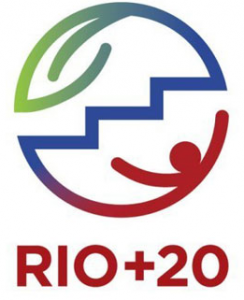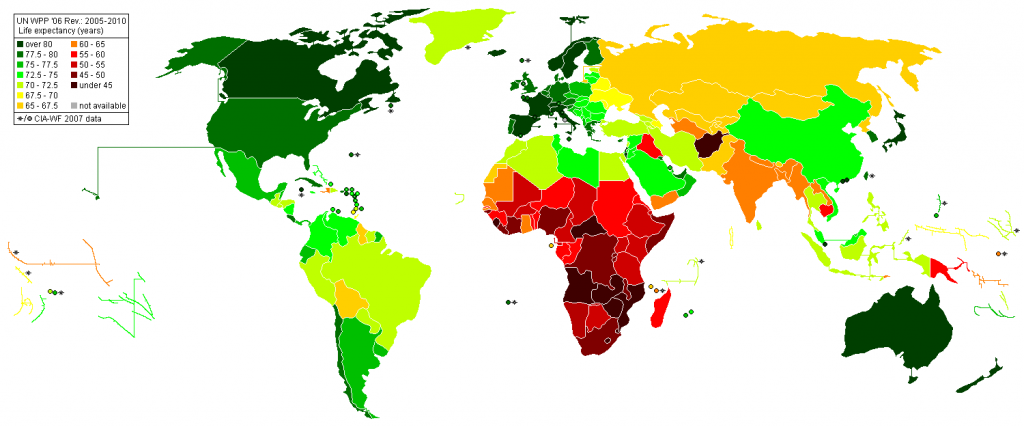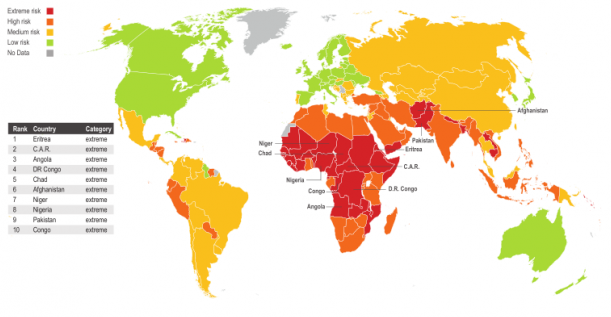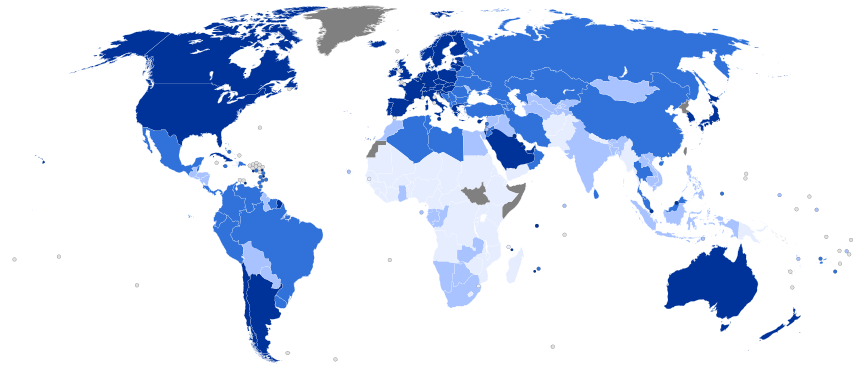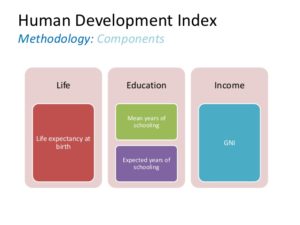This page is a long abstract of a full paper you can find at the following link:
Health Education in the FCGH
A proposal aimed to reduce the social impact of refugee in the Global Agenda
Health education in a practice that has been used for a long time as a tool of social inclusion and rehabilitation (both physiological and psychological); sadly health education programs are less developed than healthcare and economic development programs.
A Global Education Framework is yet to come and Health Education is not a core aspect of the global health framework while it should.
Some Definition First:
Health is a state of complete physical, mental and social well-being and not merely the absence of disease or infirmity.
Health education is any combination of learning experiences designed to help individuals and communities improve their health, by increasing their knowledge or influencing their attitudes.
Sustainable Development Goals (SDGs)
Goal 1: End poverty in all its forms everywhere
Goal 2: End hunger, achieve food security and improved nutrition and promote sustainable agriculture
Goal 3 Ensure healthy lives and promote well-being for all at all ages
Goal 4 Ensure inclusive and equitable quality education and promote lifelong learning opportunities for all
Goal 5 Achieve gender equality and empower all women and girls
Goal 6 Ensure availability and sustainable management of water and sanitation for all
Goal 7 Ensure access to affordable, reliable, sustainable and modern energy for all
Goal 8 Promote sustained, inclusive and sustainable economic growth, full and productive employment and decent work for all
Goal 9 Build resilient infrastructure, promote inclusive and sustainable industrialization and foster innovation
Goal 10 Reduce inequality within and among countries
Goal 11 Make cities and human settlements inclusive, safe, resilient and sustainable
Goal 12 Ensure sustainable consumption and production patterns
Goal 13 Take urgent action to combat climate change and its impacts*
Goal 14 Conserve and sustainably use the oceans, seas and marine resources for sustainable development
Goal 15 Protect, restore and promote sustainable use of terrestrial ecosystems, sustainably manage forests, combat desertification, and halt and reverse land degradation and halt biodiversity loss
Goal 16 Promote peaceful and inclusive societies for sustainable development, provide access to justice for all and build effective, accountable and inclusive institutions at all levels
Goal 17 Strengthen the means of implementation and revitalize the global partnership for sustainable development
More details at: https://sustainabledevelopment.un.org/focussdgs.html
Millenium Development Goals (MDGs)
1. Eradicate extreme poverty and hunger
- Reduce by half the proportion of people whose income is less than $1 a day
- Achieve full and productive employment and decent work for all, including women and young people
- Reduce by half the proportion of people who suffer from hunger
2. Achieve universal primary education
- Ensure that all boys and girls complete a full course of primary schooling
3. Promote gender equality and empower women
- Eliminate gender disparity in primary and secondary education preferably by 2005, and in all levels of education no later than 2015 4. Reduce child mortality
- Reduce by two-thirds the mortality of children under five
5. Improve maternal health
- Reduce maternal mortality by three-quarters
- Achieve universal access to reproductive health
6. Combat HIV/AIDS, malaria and other diseases
- Halt and reverse the spread of HIV/AIDS
- Achieve, by 2010, universal access to treatment for HIV/AIDS for all those who need it
- Halt and reverse the incidence of malaria and other major diseases
7. Ensure environmental sustainability
- Integrate principles of sustainable development into country policies and programs; reverse the loss of environmental resources
- Reduce biodiversity loss, achieving, by 2010, a significant reduction in the rate of loss
- Halve the proportion of people without access to safe drinking water and basic sanitation
- Improve the lives of at least 100 million slum dwellers by 2020
8. Develop a global partnership for development
- Develop further an open, rule-based, predictable, non-discriminatory trading and financial system
- Address special needs of the least developed countries, landlocked countries and small island developing States
- Deal comprehensively with developing countries’ debt
- In cooperation with pharmaceutical companies, provide access to affordable essential drugs in developing countries
- In cooperation with the private sector, make available the benefits of new technologies, especially information and communications technologies
For more information, please visit: www.un.org/millenniumgoals
The HDI was created to emphasize that people and their capabilities should be the ultimate criteria for assessing the development of a country, not economic growth alone….. (Read More)
Welcome in 2015!
At the beginning of the year the leading word for the UN department of economics and social affairs (UN-DESA) is sustainability. The goals proposed by the MDGs are on their path to be accomplished, and “- as a follow-up to Rio+20, the Secretariat of the Conference – the Division for Sustainable Development within UN-DESA – is launching a new web portal; the Sustainable Development Knowledge Platform (SDKP)”
Without a more equal standard of living there will be no chance for a sustainable world: poor people need to be able to join the rest of the society trough social inclusion “The process of improving the terms for individuals and groups to take part in society […] Social inclusion aims to empower poor and marginalized people to take advantage of burgeoning global opportunities. It ensures that people have a voice in decisions which affect their lives and that they enjoy equal access to markets, services and political, social and physical spaces”
“Countries which score low on the Human Development Index are more likely to experience conflict giving rise to internal displacement and refugee movements.”, leaving the conclusion that improve the HDI might do the opposite effect.
Unfortunately today policies are focusing mostly on the rising of living standard (end of poverty) and health care (with the MDGs and WHO policy), rather than concentrating also on education, that still lacks a comprehensive and integrated approach.

Skill Formation and the Economics of Investing in Disadvantaged Children
Rates of return to human capital investment in disadvantaged children.The declining figure plots the payout per year per dollar invested in human capital programs at different stages of the life cycle for the marginal participant at current levels of spending.
The figure shows that, at current levels of funding, we overinvest in most schooling and post-schooling programs and underinvest in preschool programs for disadvantaged persons. Read full Article…
We are facing urgent phenomena such as climate change, that often requires immediate action often taking the needed attention from health education (among other fundamental needs for human development) also pulled by cultural barriers an old bureaucratic systems unable to change as fast as the new millenium require.
Education should be one among the leading causes of social and economic development but in order to be really efficient it should be approached in a global way around a global framework merged with health rising living standard in a successful and sustainable way.
In developed countries, modern essential health education (hygiene, food security, modern personal care practice, etc..) are part of the local culture. The developing world still is far behind and in most case can only relies on old traditional medicine culture, crystallized in ancient times. Most of the people entering hospitals in developing countries have no ideas about what is happening to their body, how the recovery process will be, and even when told by a doctor they have no tools to understand.
Health education can bridge this knowledge gap: health educated person can protect better their body and use it to better interact with the world. They are less likely to contract both communicable and noncommunicable disease. When it comes to refugees and any kind of forced migrant, it might make the difference in the difficult process of social inclusion that
they are going to face.


